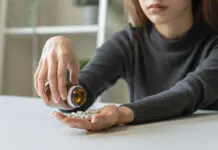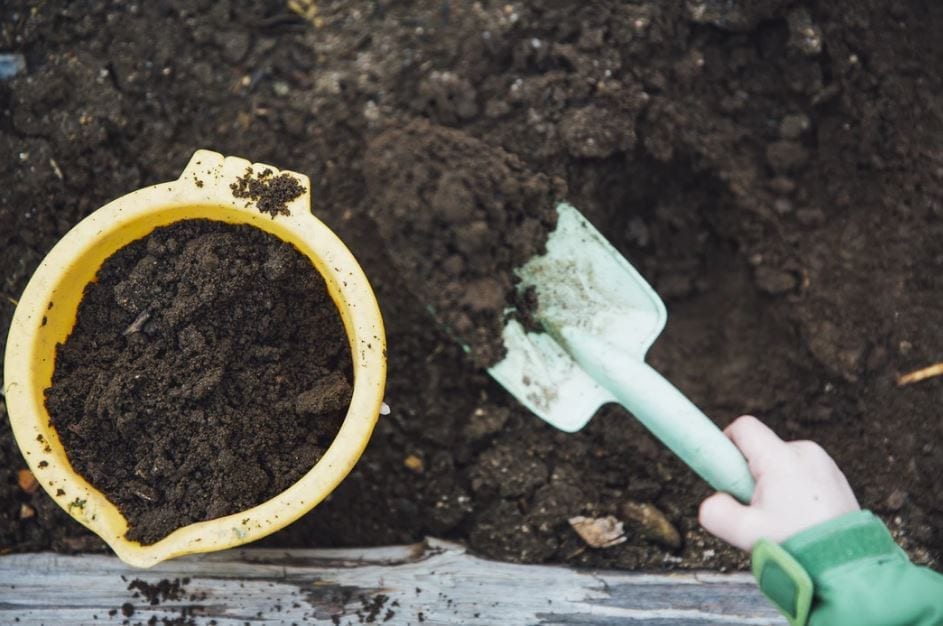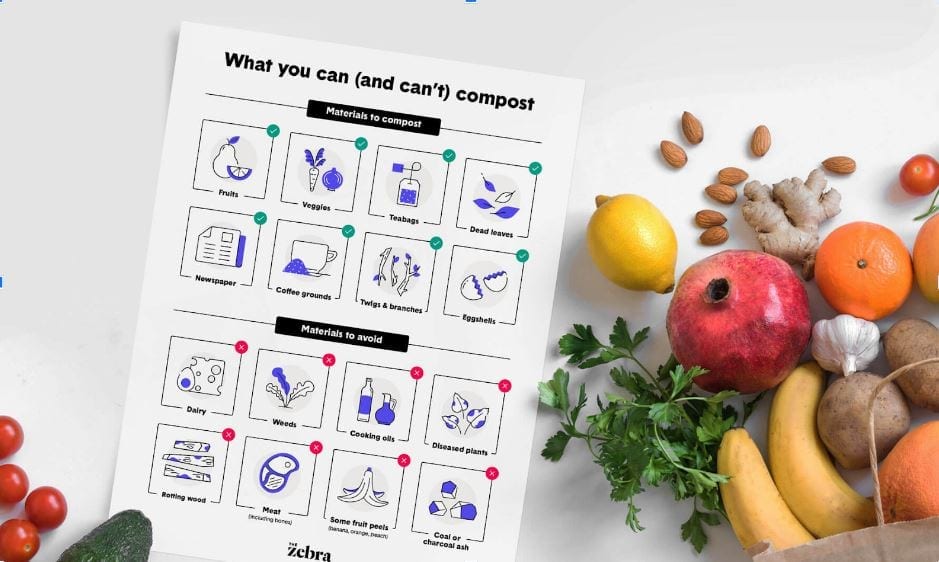If you’re looking to reduce your family’s waste and increase their appreciation for the outside world, composting is a great at-home project to start. Composting at home is also fully customizable to fit your needs and space constraints, whether you set up a pile in the backyard or a bin in the kitchen.
The benefits of composting are plentiful. Almost 25% of solid waste from U.S. households come from the kitchen. Rather than tossing away this excess waste composting allows you to transform it into healthy soil feeder for your yard and plants.
To learn more about what materials to compost and how to set up a compost pile keep reading!
Compost this, not that
Your compost pile will be made up of layers of what we call brown and green ingredients
(more on that later). While composting is a great alternative to trash cans, not every item in your kitchen should end up in your compost pile. In fact, some materials can give your compost a rotten egg smell, delay decomposition, or even poison your compost.
Use our list and free printable detailing what you can and can’t compost. Follow the link to print this list at home and hang in your kitchen!
Brown compost materials
Brown ingredients add essential carbon to your compost. You’ll need three parts brown to every one part green in your pile, so your brown layers will always be thicker.
Here are some common brown compost materials that are healthy for your compost:
- Dead leaves
- Egg shells
- Shredded newspaper
- Branches and twigs
Greens
Green ingredients are just as important for a thriving compost pile as they provide nitrogen.
Here are some common green compost materials that are healthy for your compost:
- Loose tea and tea bags
- Fruits
- Veggies
- Old flowers
- Coffee grounds and filters
Materials to avoid
Not every kitchen scrap should be tossed into your compost: in fact, some can turn your soil feeder into harmful material.
You should avoid these items when composting:
- Cooking oils
- Diseased plants and weeds
- Meat and dairy
- Citrus fruit peels
- Coal or charcoal ash
How to set up an outdoor compost pile
There are many ways to compost but the most popular is to set up an outdoor compost pile in your yard. This helps keep the smell of your decomposing waste away from your house. If you don’t have a yard, you can set up a vermicomposting bin indoors or start composting at a nearby community garden.
Here are some steps for setting up an outdoor compost pile:
Find a spot for your compost pile
Locate a place in your yard that gets natural shade and ideally is close to a water source. This allows you to easily add moisture to your pile.
Gather your materials
In this next step you’ll want to gather the materials that you can compost and organize them by browns and greens. You can collect your materials in your kitchen by setting up a separate bin specifically for compost.
Add your brown and green layers
Now it’s time to add your materials to your pile! Start by adding your first brown layer and then your green. There should always be more browns than greens to make sure your compost has the correct carbon-to-nitrogen ratio (3:1).
Use water in your compost
Add moisture to your compost by adding water. You’ll want your pile to be moist but not soggy. Overwatering your pile can slow down decomposition and make it start to smell like rotten eggs. Yuck!
Aerate your compost
Once or twice a week you’ll want to aerate, or turn, your compost to speed up decomposition. The easiest way to do this is with a shovel. After your first few aerations your compost should start to feel warm and steamy. This is a sign that the decomposition process is working!
Use your compost as soil feeder
Once you’ve followed the above steps over two to four months your compost should be ready for use! You can check by making sure the compost looks like crumbly topsoil and smells pleasant and earthy.
Want to learn about even more ways to compost, or how to use your finished compost? Check out this visual from The Zebra.













